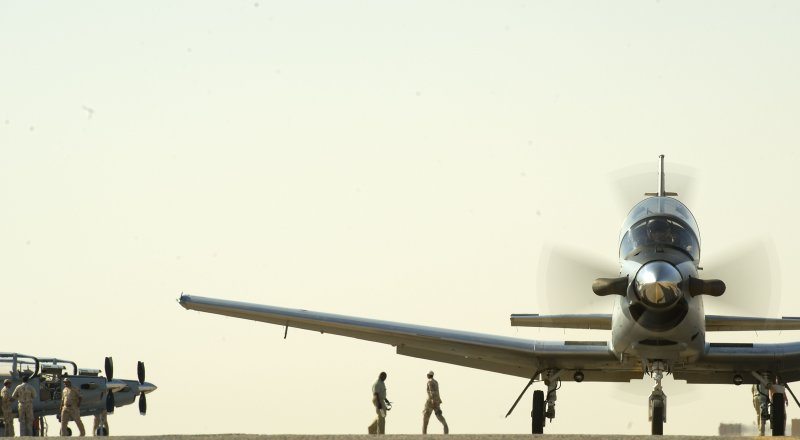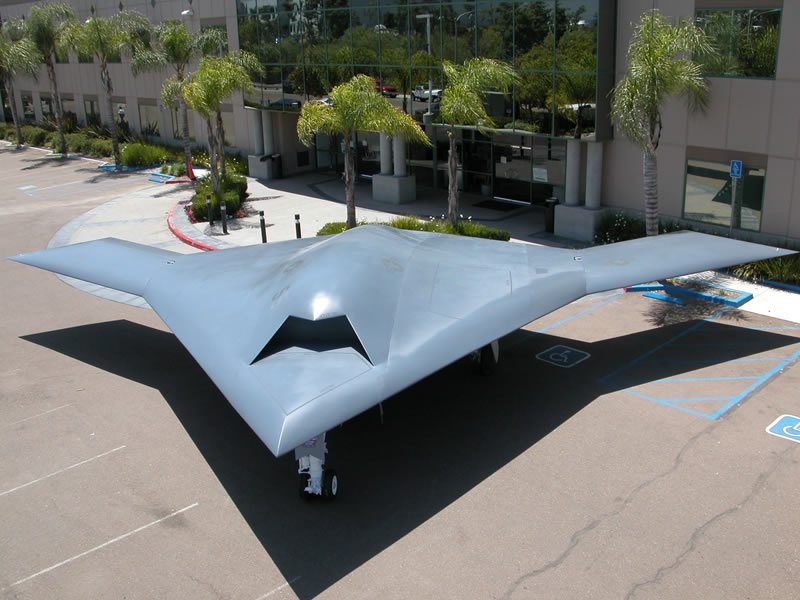Milestones are being achieved and partnerships are being strengthened at Combat Operating Base Speicher here.
Advising Iraqi forces is nothing new to the Iraq Training and Advising Mission component of the U.S. Air Force. Since the troop drawdown began early 2009, Iraqi forces have started to take the lead in air combat operations, but not without help.
Airmen in the 52nd Expeditionary Flying Training Squadron are conducting the Primary Pilot Training course and the Primary Instructor Pilot course using the T-6A Texan II, the same trainer that Air Force instructors use back home.
Once Iraqi officers attend a short training course on the basics of flying, they then attend the PPT course, which lasts approximately one year. Graduates of PPT then will attend the six-month instructor course. Upon completion of this course, the new Iraqi instructor pilots are charged with training the upcoming student pilots.
Flying training in the T-6A began here in December 2009. Since then, each program has graduated classes, with five classes currently in session.
Just like formal training in the U.S., courses here are constantly improving.
“Within the past week, we’ve had three first-time events here,” said Maj. Mark Loranger, the assistant deputy of operations and an instructor pilot. “Last week we had our first all-Iraqi formation in the air and first student instructor fly a solo mission; today we had our first student pilot fly a mission on his own.”
According to Airmen leading the first iterations of the Iraqi pilot training, the Iraqi air force is one-step closer to being self-sustaining.
“In the next one to two months, the Iraqi instructors who have graduated our course will take the lead in the squadron,” said Maj. Sean Long, a 52nd EFTS instructor pilot. “The Iraqi leadership is already customizing the squadron to their liking. This is not our program, it’s theirs.
“We don’t want to duplicate the program we have in the U.S. because the Iraqi air force is not the U.S. Air Force,” he said. “Their challenges are different”
Though many things are going well here, not everything is smooth sailing. Local challenges for the Iraqi air force students are present in the form of insurgent violence in their home towns. When a pilot arrives for training in the U.S., he’s able to focus on training without having to worry about local violence in his family’s home town.
“Here, it’s different,” Long said. “Students have obligations to their families and their safety.”
To overcome set backs in training due to students having to tend to their families, classes are broken down into smaller numbers and the courses are slightly longer so that the entire operation doesn’t stop when one student has to go home.
As training continues, relationships develop between fellow Air Force and Iraqi pilots.
“We’re creating a sustaining legacy,” said Lt. Col. Andy Hamann, the 52nd EFTS commander. “We currently have 16 young Iraqi officers in our course. They’ll graduate from the instructor course and go on to teach many Iraqi pilots long after we’re gone. Ten to 15 years from now, we hope to find ourselves flying next to them as allies and that will be our legacy.”











